Pennsylvania Sea Grant developed these fact sheets to provide a basic overview of green stormwater infrastructure for municipal leaders. The resources were distributed in advance of the Green Stormwater Infrastructure webinar, as a tool for attendees during the webinar and to use and distribute in their communities.
The sheets are available for download as an Adobe file, and the text version is below.
WHAT IS GREEN STORMWATER INFRASTRUCTURE (GSI)?
Green stormwater infrastructure (GSI) refers to options of dealing with stormwater and run-off which mimic natural processes observed in the environment. These filtration measures are typically set in place in urban climates, and include making use of vegetation and soils to deal with increased water quantity during storm events.
Green infrastructure can also have a positive effect on water quality in urban climates. Where urban stormwater runoff might be able pick up toxins and wastes uninhibited, GSI aids in filtering this waste.
DIFFERENCES BETWEEN GREY AND GREEN INFRASTRUCUTRE METHODS
Grey Infrastructure refers to more traditional forms of dealing with stormwater, including storm drains and pipe systems. These aid in draining water away from the “built environment,” typically in urban landscapes and developed areas.
Much of the grey infrastructure in the U.S. emerged alongside industrialization in the 19th century. Now, due to the nature of this infrastructure and materials used, these systems are slowly degrading beneath the ground and could be costly to replace.
TYPES OF GREEN STORMWATER INFRASTRUCTURE
BIOSWALES:
Bioswales are vegetated shallow depressions that slow stormwater, allowing it to infiltrate into the ground where pollutants are filtered. These aesthetically pleasing landscaped features are a green alternative to traditional ditches or other hardscaped structures. Bioswales are ideal for collecting and slowing stormwater in parking lots and street side.
PERMEABLE PAVEMENTS:
These permeable surfaces capture a portion precipitation and stormwater runoff right at the source. Permeable pavement options, such as interlocking pavers, can be used for driveways, parking lots, and other spaces where concrete or asphalt might normally be used. Permeable surfaces help to promote the infiltration of rainwater, allowing it to be filtered and stored in the soils below.
PLANTER BOXES:
Planter boxes are specialized features commonly used in urbanized areas, or in places where space may be limited for other forms of green infrastructure. Designed in many sizes and shapes, with open or closed bottoms, these boxes collect, retain, and filter runoff from sidewalks, streets, and parking lots.
GREEN ROOFS:
Green roofs incorporate a layer of soil and vegetation on any flat or slightly sloped roof in order to capture rainwater before it enters a downspout or hits any other impervious surface. These roofs have the ability to lessen costs of traditional (grey) stormwater management, and the energy costs of heating and cooling a building. They are particularly cost effective in urban areas where reducing stormwater runoff can be critical to reduce flooding.
RAINWATER HARVESTING:
Rainwater harvesting is the practice of collecting rainwater, typically from an impermeable surface, before it can become storm water pollution or run-off, and either holding it for eventual release or using it as a water source for gardens or other vegetated spaces. There are multiple techniques of harvesting rainwater, some more elaborate than others, such as rain barrels or cisterns.
URBAN TREE CANOPY:
Trees have many positive benefits to offer. Trees absorb water into leaves and branches, their roots help to hold soil in place and retain rainwater, they help to reduce the carbon footprint and also reduce the heat island effect. Planting trees, especially in an urban or city environments can offer these benefits plus help limit stormwater run-off.



